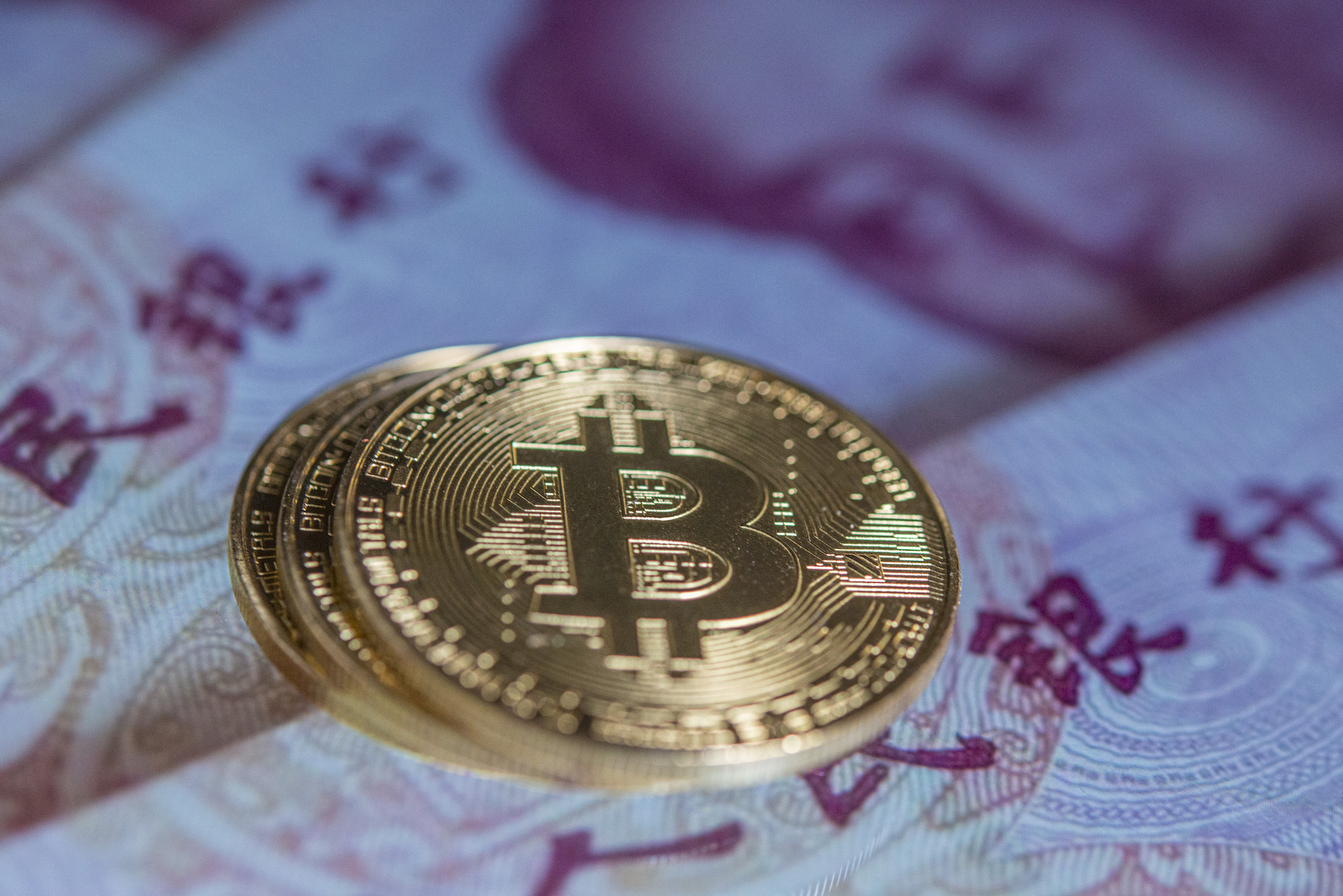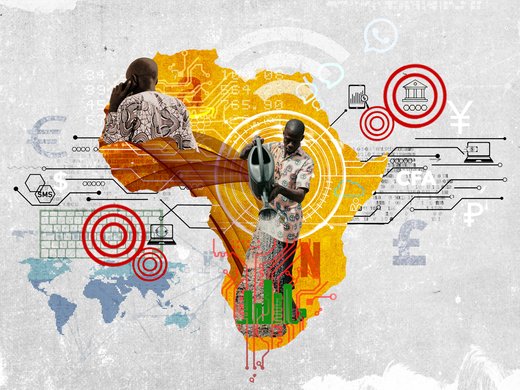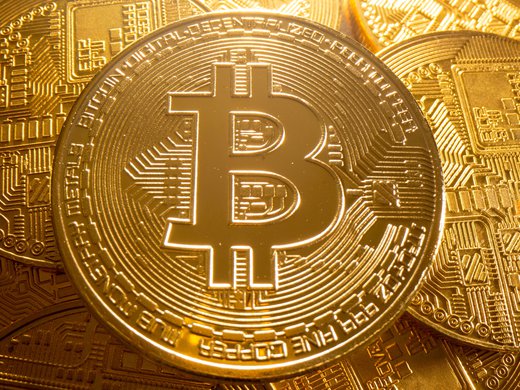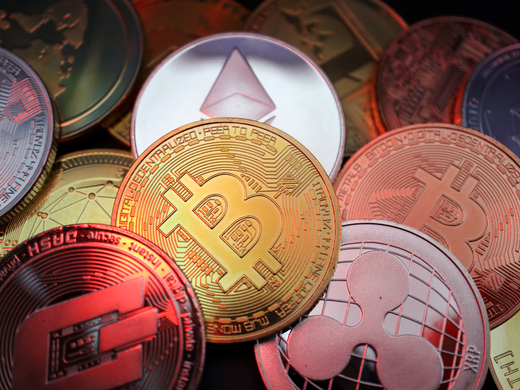How wondrous and yet unnerving it is to hear foreigners who have visited China over the past four years or so recount their experiences with the futuristic methods the Chinese use to conduct their financial affairs. Understandably, Westerners find it stunning that modes of payment common in their countries, such as credit cards, are scorned as antiquated by Chinese merchants, who have become accustomed to mobile phone apps for all manner of transactions, ranging from paying a restaurant bill to parking a car.
It seems all too plausible, therefore, that ultra-convenient Chinese fintech systems will take hold around the world, with disquieting implications. Indeed, a spate of commentators have warned that the global spread of Chinese digital money will facilitate the siphoning of sensitive personal data back to Beijing for exploitation by the Chinese Communist Party.
Just in time to help inform the cacophonous debate about dizzying innovations in the monetary realm comes a new book by Martin Chorzempa, a senior fellow at the Peterson Institute for International Economics. Based on the author’s experience of living in China during the period when the country’s fintech industry underwent its most dramatic advances, The Cashless Revolution: China’s Reinvention of Money and the End of America’s Domination of Finance and Technology establishes Chorzempa as a leading light on the subject, whose views are bound to carry significant weight in financial capitals — deservedly so. The book is a good bit less alarmist than its subtitle suggests; Chorzempa shows that there is little need for agitation about Beijing’s financial ambitions outside its own borders. But he also counsels against complacency.
Chorzempa’s narrative, written in accessible prose, is enlivened by his recollections about the backwardness of the financial system he encountered when he arrived in China in 2013. The “dusty bank branch” where he kept his money “offered interest rates that were capped by the government below inflation,” and “everyone went about their daily transactions paying in cash.” Incredibly, only four years later, the country was ranked number one in the world for fintech adoption, with hundreds of millions of people leaving home without their wallets now that their mobile devices sufficed.
State-directed techno-nationalism of the sort China specializes in had nothing to do with this, Chorzempa emphasizes. The entrepreneurs who founded China’s two fintech giants, Jack Ma of Alibaba and Pony Ma (no relation) of Tencent, stumbled into payments innovation during the early 2000s because they needed a way to receive funds for goods sold online. In China, where consumers didn’t trust merchants and vice versa, there was no reliable way of clicking “pay” on a site such as Amazon that retained customers’ credit card numbers. Once the popularity of their early payment methods became apparent, the two companies added an array of other features, such as online lending. “Super apps” emerged, with one-stop shopping for financial and non-financial goods and services of many kinds. Only about 16 percent of Chinese consumers used the state-backed credit card UnionPay, which had been introduced in 2002, so Jack Ma’s Alipay and Pony Ma’s WeChat Pay were able to leapfrog over the card system with their approach, combining mobile phones and QR (quick response) codes.
Chorzempa is clear-eyed, though, about the fact that Chinese citizens’ financial information is far from safe against surveillance by a party-state that is increasingly intolerant of the slightest dissent.
In the process of spinning his entertaining tale, Chorzempa debunks a number of stereotypes. “Contrary to conventional wisdom in the West about China being a well-controlled, well-oiled authoritarian machine … it can be uncoordinated, chaotic, lawless, and even blind to risks,” he writes. To be sure, he accords enormous credit to Zhou Xiaochuan, governor of China’s central bank from 2002 to 2018, for creating a regulatory environment in which Alibaba and Tencent could disrupt state-owned banks and other entrenched financial giants, to the benefit of consumers and the nation’s overall economic development. But the book cites a proliferation of scams, such as those involving person-to-person online lending, as evidence that Beijing also screws up.
Another illuminating example of Chorzempa’s stereotype-debunking: “It would shock most Americans to find out that the Chinese have more control [than Americans] over how their data is used for credit scoring.” China now has a legal framework, he explains, that if enforced will give its consumers “many more rights than Americans have today in relation to how their data are collected and used” by the likes of Alibaba and Tencent.
Chorzempa is clear-eyed, though, about the fact that Chinese citizens’ financial information is far from safe against surveillance by a party-state that is increasingly intolerant of the slightest dissent. The recently issued digital version of the official currency, called the digital yuan or e-CNY, presents “a privacy nightmare … and the consequences to civil liberties could be dire,” contends Chorzempa. He isn’t impressed by the authorities’ promises that monitoring will be limited. “Individuals on the social credit blacklist, or human rights lawyers, could see the government directly shut down their wallets.”
But that doesn’t mean other countries should be quaking in fear that their own citizens will soon be at the mercy of privacy-compromising Chinese monetary instruments. Although merchants almost everywhere accept Alipay and WeChat Pay — they want business from Chinese tourists, after all — that’s not the same as market penetration or takeover by Chinese-controlled entities in the financial sector. Chorzempa chronicles how the efforts of Alibaba and Tencent to expand and obtain users abroad have mostly flopped, which is no coincidence. As he notes, the firms enjoyed spectacular growth in their home market because China’s primitive financial system needed such massive improvement; in the markets of advanced countries like the United States and Canada, the Chinese super-app model had much less to offer.
As for the digital yuan’s international prospects, in particular its potential for dethroning the US dollar as the world’s dominant currency, Chorzempa takes a view similar to one I’ve argued elsewhere. “Just as Chinese big tech has struggled to go abroad, the eCNY cannot count on domestic success or technological prowess to beat the dollar,” he writes. “Simply because the money is digital is not a unique advantage in a world in which the vast majority of money that changes hands already does so digitally.” He doesn’t rule out the possibility of some breakthrough or unforeseen change. But he notes that the strict controls Beijing maintains on movements of capital across its borders will be a major impediment to China’s hopes for internationalizing its currency.
All that said, liberal democracies — the United States, in particular — would be foolish to take a relaxed attitude toward China’s triumphs in fintech, according to Chorzempa: Washington “need[s] a push to make payments with dollars easier and less costly, whether at home or across borders …. Any improvements that the United States can make to its own financial system will reduce the ability for Chinese offerings to displace dollars by improving on what is available from the US.”
Above all, he asserts, at a time when the digitization of finance is advancing so rapidly and Beijing’s authoritarianism is intensifying, a robust counter to the Chinese model is imperative. “It is up to the rest of the world to present an alternative vision, avoid the same fate, and instead employ the new possibilities of digital money to enhance freedom and autonomy.”



